Some players are better in white ball cricket and some players just look like they are. Liam Livingstone is a good red ball batter. Or at least he was. Who knows any more? Perhaps not coincidentally, his limited overs batting form ain’t what it was.
White ball cricket is the path of least resistance for many players these days. Even if you’re exactly equally suited to all three formats, the demands and financial rewards associated with each one will naturally funnel you towards the shorter stuff. You, as a player, might be perfectly balanced… but the labour market isn’t.
Adil Rashid gave up first-class cricket in 2018 because he was pressed for time and wanted to prepare properly for the 2019 World Cup. Jos Buttler didn’t try to specialise, but arguably found himself sufficiently busy playing white ball cricket from quite early in his career that he’s never really been able to get that much first-class cricket in.
Plenty of others find themselves making similar decisions or having the cricket world make them on their behalf.
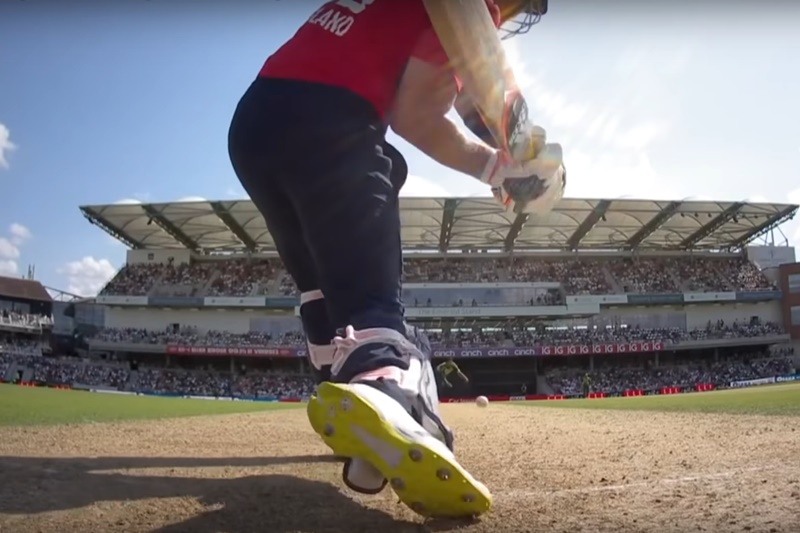
Liam Livingstone, for example, is both fortunate and unfortunate enough to fit the modern template for a white ball cricketer extremely well. He bats, he bowls, he hits gargantuan sixes. But that’s really just the end product. It’s a lot less obvious how that product is built and maintained.
Foundations
Just over a year ago, we wrote a similar piece to this about Jason Roy’s foundations, asking a very simple question: Do white ball specialists need more time in the middle?
That seemed a valid thing to ask about an opener who was at the time lapsing into scratchiness. It’s perhaps an even more valid question to ask about a lower middle-order batter who gets even fewer opportunities to face any serious volume of bowling.
Liam Livingstone’s last first-class match was the first Test against Pakistan in 2022. Batting at number seven, he arrived at the crease with the score reading 515-5 after 76 overs. Harry Brook was at the other end having already hit an 80-ball hundred. It wasn’t really a situation for hanging around and he didn’t.
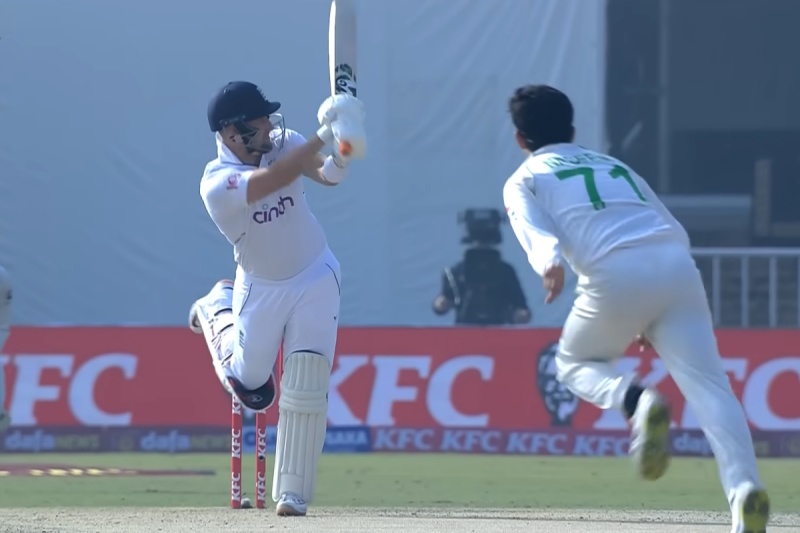
Livingstone hadn’t played first-class cricket at all that summer and only got through six games in 2021 when he averaged 11.00.
He’s just not a red ball cricketer, you might conclude, but perhaps an ongoing shift in emphasis was beginning to bite. Even going back to 2020, he had only played red ball cricket twice.
Livingstone’s last serious first-class season was 2019, when he played 11 County Championship games and averaged 46.07 – albeit in the second division. To give some sense of his credentials as a long format batter, despite succumbing to the pressures of the Lancashire captaincy in 2018, he still retains an average of 38.08 even when you include the above longtail of meh.
So what? A guy’s first-class batting has deteriorated as he has played fewer and fewer games. That doesn’t seem any great surprise. Specificity is an important aspect of practice. Is it more than that though? We wonder whether his batting as a whole is eroding through lack of use.
Livingstone’s one-day international (ODI) career is not extensive, but he averaged 36.00 in 2021, 29.66 in 2022 and 26.30 so far in 2023. The last two years he has also averaged under 20 in T20 internationals.
This is either just flat-out decline or perhaps the type of batting that appears to suit him… doesn’t.
The T20 circuit
Livingstone is a modern, touring franchise player. He has turned out for Rajasthan Royals, Punjab Kings, Perth Scorchers, MI Cape Town, Karachi Kings, Peshawar Zalmi and Birmingham Phoenix. He has hit two hundreds, averages 28.40 and scores at 145 runs per 100 balls.
That is handy. But what is it built on? And is it sustainable?
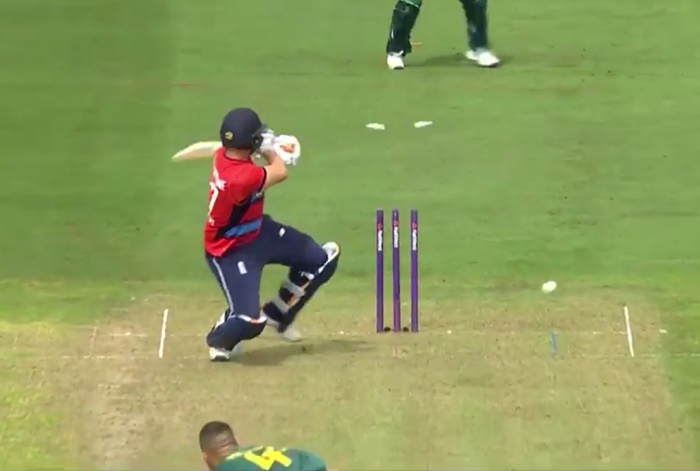
Livingstone tends to bat in the middle-order. Across his 238 T20 matches, he has faced, on average, 16 balls a game. So far he has made pretty good use of those short stints at the crease, but muscle memories of match practice are fading all the time. Those 3,936 T20 deliveries are still a good way short of the 5,180 he faced in first-class cricket, all the way back when he actually played that format.
It doesn’t feel outlandish to suggest that less and less of his batting game is grooved.
Life at number 7
What is life like as a number six or number seven specialist white ball batter? The way we see it, you typically face one of three main scenarios, none of which are especially likely to result in a good stint at the crease.
- A few overs/balls of the innings remain, you need to slog from ball one
- There’s been a bit of a collapse and you need to salvage things
- You don’t get to bat
Livingstone is 30 now and England are persevering with him, but he just feels to us to be a cricketer falling through the cracks of the modern game: too well-suited to T20 cricket to turn his nose up at it, but then too busy playing the format to get any meaningful hours at the crease.
He isn’t the only one facing this scenario.
> Do white ball specialists need more time in the middle?
If this isn’t your first visit to King Cricket and you don’t already get the email, why not sign up?
If you do already get the email, please at least take a look at our crowdfunder, even if you ultimately decide against contributing to it.

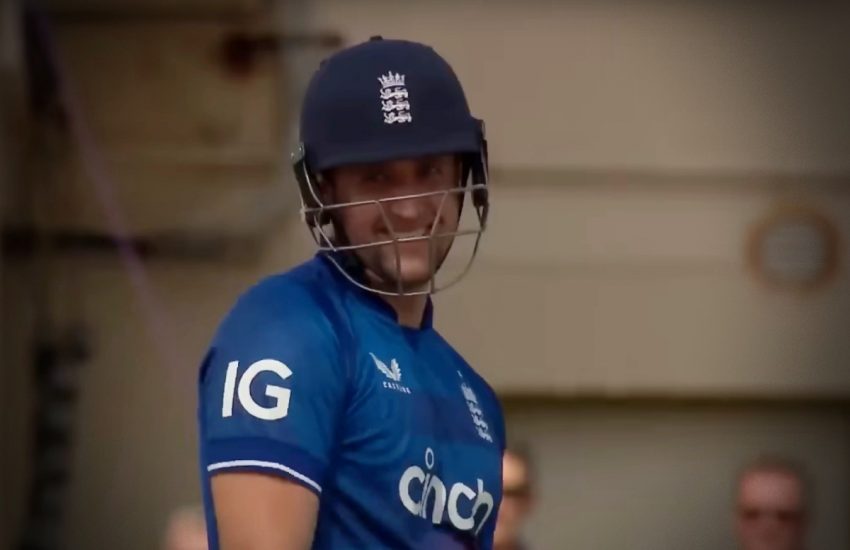

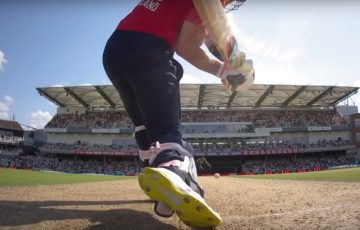
I am certain that Morgan used to play random Championship games for Middlesex, seemingly for no reason, but would then say that essentially he wanted to go and block the shit out of it for 25 balls at the start of an innings in a competetive game. That feels like it makes some sort of sense?
Livingstone is also someone that probably suffers from me not really understanding T20 cricket stats enough. Is averaging 28 in T20’s and 22 in T20i’s with a 145 S/R in both good? Is it good for a number 7, but not a number 3? Does the fact that he gets parachutted in for the “business overs”, regardless of batting position, make it easier or harder to rack up impressive stats? I honestly have no clue, but thats almost certainly my problem more than his.
This reminds me, Suresh Raina was touted as the next great generational talent after Sachin Tendulkar by Greg Chapell.
He sorta proved it right in a few aspects.
Helped India win a QF against aussies in 2011 by playing a crucial cameo, exactly the sort of innings that was required in 2023 final.
Not to mention a giant in franchise T20 league, the IPL.
However he tended to play the lofted cover drive. While such sixers can be handy in T20 & ODIs, they are a liability in Tests & he could never go on to make a Test career despite being given many chances.
Famously he has failed in ODIs too when promoted up the order after fall of quick wickets.
For sure he had the talent of Tendulkar, but it never got the opportunity to adapt to the rhythms of red ball cricket.
“The rhythms of red ball cricket” is a good choice of phrase.
I always felt with Eoin Morgan that he was in tune with the structure of ODIs and IT20s, whereas he was not really at home with the relative free-form of first class cricket.
Equally, I always felt that Eoin Morgan loved the big crowd and the big occasion, which, at county level, meant white ball rather than red.
Did Eoin’s international white ball game benefit from those periodic spates of red ball county cricket? Didn’t seem to hurt and/but more (or less) red ball cricket might have made him an even better player. We’ll never know.
I agree with the point specifically on Livingstone that he doesn’t get enough time in the middle in competitive matches. Surely county cricket in whatever format could help that.
An interesting element to us is that while obviously different players have different needs, you can perhaps generalise a bit when talking about particular batting roles.
What strikes us in particular is that lower middle-order white ball batters arguably stand to benefit more from playing first-class cricket than top order batters. Even though their approach is on the face of it the least connected to red ball batting, they’re the ones who have the biggest hole in their experience (just simply facing a load of bowling and getting that basic volume of match batting).
Fully agree. I wonder how much chance T20 franchise players get to really practise batting these days, irrespective of whether it is middle or nets. They clearly spend a lot more time in the gym and travelling than a few years ago (ok, maybe not when you had to take the boat to Australia). Semi-related: I remember reading that AB(C)DE Villiers used to practice for one day cricket by blocking balls in the nets for hours on end.
He told us he used to do 10-20 balls of blocking it dead, every day, whatever format he was preparing for.
https://www.kingcricket.co.uk/the-cult-of-digging-in-this-is-the-almost-impossible-psychological-trick-the-batsman-must-pull-off-when-you-want-him-to-play-a-rearguard/2020/07/08/
Tonight, Liam Livingstone…
…Opportunity Knocks.